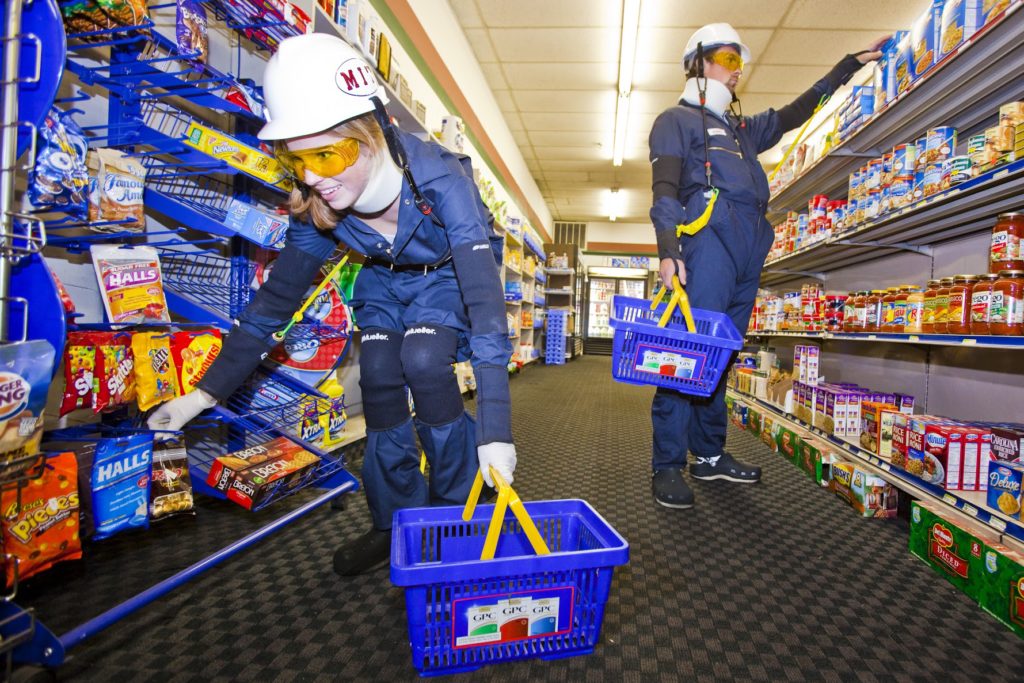According to AARP, 73% of caregivers are interested in using AgeTech to help them care for their loved ones, but only 7% actually do. Cost, usability issues, lack of familiarity and privacy concerns typically top the list as barriers to adoption. During a recent Connected Health conference Parks Associates described results from a survey that showed caregivers and loved ones want technology that promote safety vs. health. They see the value in emergency pendants that detect falls, alarm systems to warn of fire, water, or gas leaks. They are less interested in fitness trackers, smart watches and other devices that appeal to younger audiences.
But things are changing quickly due to the pandemic. Since March 30% of seniors have taken part in telehealth visits, and they are overwhelmingly pleased with its convenience and quality. Telehealth visits are now covered by Medicare and other insurance which is one positive outcome of our “new normal”. While in quarantine, older people are using zoom to stay connected with their families and friends. So quickly they are developing skills and comfort with technology and learning how to integrate it into their everyday lives.
Big corporations have noticed and are responding with products designed to help older people remain independent as long as possible. Comcast, Alarm.com and Cox Communications have developed services and enhanced home networks. Best Buy Geek Squad now installs and supports smart home and independent living products. Inexpensive and powerful sensing technology leverages machine learning that can separate normal patterns of everyday living from a fall or another emergency requiring immediate response.
ADT’s system, which costs between $40 and $60 a month, provides continuous monitoring with a human support person ready to step in. Their system uses sensors to detect falls and patterns that indicate trouble such as a door that is unlocked or has not been opened. The senior can connect with the support center through a panic button if they need help.
According to Andy Droney, Senior Director of Health, PERS, and Innovation at ADT Health the future of AgeTech will be to provide insights into what’s happening in the person’s home in an unobtrusive way. “When dealing with seniors, high technology is not always the right solution to keeping them safe in their home. With older people providing a relationship is just as important. You always need a live person in the loop who is empathic”. According to Andy the support provided can run the gamut from calling an ambulance for a health emergency to calling a neighbor to help the person get out of their chair. “If our system buys the person an extra year of independence it is a worthwhile investment.”
Even before the pandemic, demographics and need have been driving adoption of age technology. Most people want to remain in their homes as they age and cannot afford long-term care. However, the technology and services to help older people age are advancing at an impressive clip. From this conference I got the sense that we are almost there.
